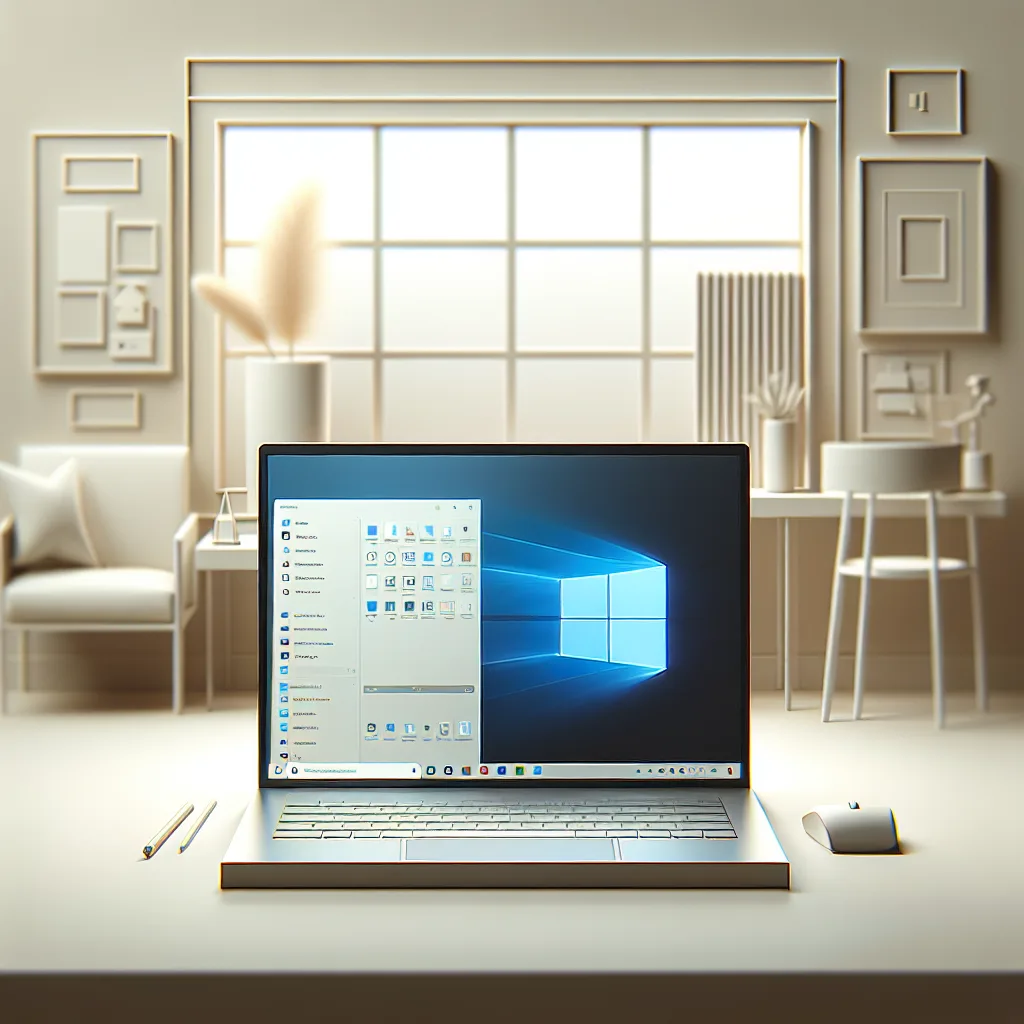Stop installing clients. Here’s how you can access your remote computers from anywhere, using just a standard web browser.
Have you ever been away from your main computer, maybe on a friend’s laptop or just using a tablet on the couch, and suddenly needed to access something on it? Maybe it’s a file, an application, or just to check on a running process. The usual solution involves installing a dedicated Remote Desktop client, but what if you can’t, or don’t want to, install software on the device you’re using? It turns out there’s a wonderfully elegant solution: using a browser-based RDP client.
It’s a simple but powerful idea. Instead of a dedicated app, you just open a web browser, navigate to a local URL you’ve set up, and get a full remote desktop session right there in the tab. It feels a little like magic the first time you see it work. You get all the power of a remote connection without needing to install anything on the client machine. This is perfect for home lab enthusiasts, IT professionals, or anyone who wants a more flexible way to manage their machines.
So, What Exactly Is a Browser-Based RDP Setup?
Normally, to connect to a Windows machine remotely, you use the Remote Desktop Protocol (RDP). This requires a client application, like the one built into Windows (MSTSC) or Remmina on Linux.
A browser-based RDP solution adds a middleman—a web server that you host yourself. Here’s the flow:
- You open a browser on any device (a laptop, tablet, or even a phone).
- You navigate to the web app’s URL (e.g., `http://remote.yourhomenetwork.com`).
- You log into the web app.
- The web app presents you with a list of your configured computers.
- You click one, and the server opens the RDP connection for you and streams the desktop session directly to your browser as if it were a video.
All the heavy lifting is done by your server. Your browser just needs to render the HTML5 stream, something every modern browser is great at.
The Best Tool for the Job: Apache Guacamole
When it comes to self-hosted, browser-based remote access, one name stands above the rest: Apache Guacamole. Don’t let the quirky name fool you; it’s an incredibly powerful and mature open-source project.
Guacamole is a “clientless remote desktop gateway.” In simple terms, it’s a web application that provides access to your desktops. Because it’s “clientless,” you don’t need any plugins or client software. Just a web browser.
While we’re focused on RDP for Windows machines, Guacamole’s flexibility is one of its best features. It also supports other common protocols, including:
- VNC: A popular alternative for remote desktop on Windows, macOS, and Linux.
- SSH: For secure command-line access to servers.
- Telnet: An older command-line protocol.
This means you can create a single, unified web portal to access all of your devices, whether they’re graphical desktops or headless servers.
Getting Started with a Browser-Based RDP Gateway
Setting up a tool like Apache Guacamole might sound intimidating, but it’s more accessible than ever, especially if you’re familiar with Docker. The official Apache Guacamole documentation provides a fantastic guide for getting it up and running with Docker Compose.
At a high level, the setup involves running a few Docker containers that work together:
* guacd: The core proxy daemon that translates connections.
* guacamole: The web application itself.
* A database (like PostgreSQL or MySQL) to store user and connection data.
Once it’s running, you log into the web interface, and from there you can configure all your connections. For each one, you’ll specify the protocol (RDP, VNC, etc.), the IP address or hostname of the target machine, and the authentication credentials.
Are There Any Alternatives?
While Guacamole is the most popular choice for this specific task, the world of open-source remote access is vast. A few other projects offer similar, browser-based functionality, though they often have a broader focus. Tools like MeshCentral and RustDesk are excellent remote management suites that also include browser-based access as a feature. They are fantastic projects worth exploring if you need features beyond simple session proxying.
But for a dedicated, self-hosted gateway to access your existing machines right from a browser tab, it’s hard to beat the focused power and simplicity of a browser-based RDP setup using Apache Guacamole. It’s a game-changer for managing a home lab or just having convenient access to your digital life from anywhere.
